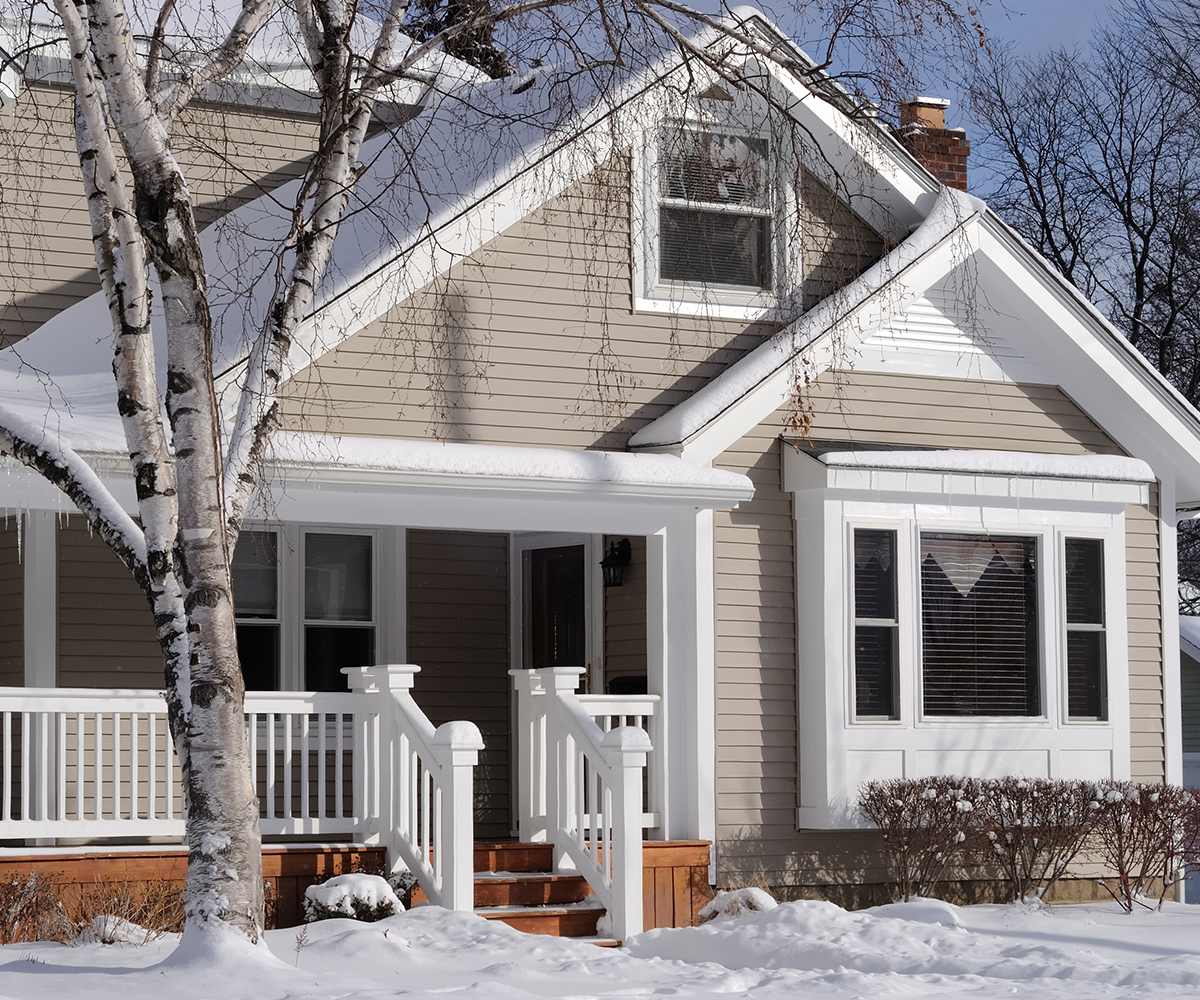How do you know how much house you can afford and how much cash you may need at closing and soon after moving? Mel Foster has a mortgage calculator to help you determine your monthly costs. This information is helpful when you apply for pre-qualification for your mortgage with a lender.
Mortgage Calculators
The mathematical formula for calculating monthly payments for a given mortgage loan amount is complicated. This is where a mortgage calculator comes in handy. It does the work for you by quickly calculating the monthly payment based on the amount of the loan, mortgage length and interest rate. Use these calculators.
Other Factors To Consider
The mortgage is not the only expense you’ll have when buying your home. Be sure to include these other costs as you prepare your budget:
- Property taxes
- Homeowner’s insurance
- Mortgage insurance (if applicable)
- Down payment
- Homeowner’s Association fees (if applicable)
- Attorney, title, inspections and closing fees
- Moving expenses
- Utility service initial fees
Market Conditions
Interest rates are still at historically low numbers, which has been great for locking in affordable mortgage rates. Recent decisions within the Federal Reserve Bank will affect borrowing power for homeowners, with indications that interest rates are likely to start climbing again in 2022. Ultimately, this means consumers will pay more to borrow. It’s time to act quickly and secure your mortgage before interest rates rise.
Find a Mel Foster Co. agent to help begin your home search.
